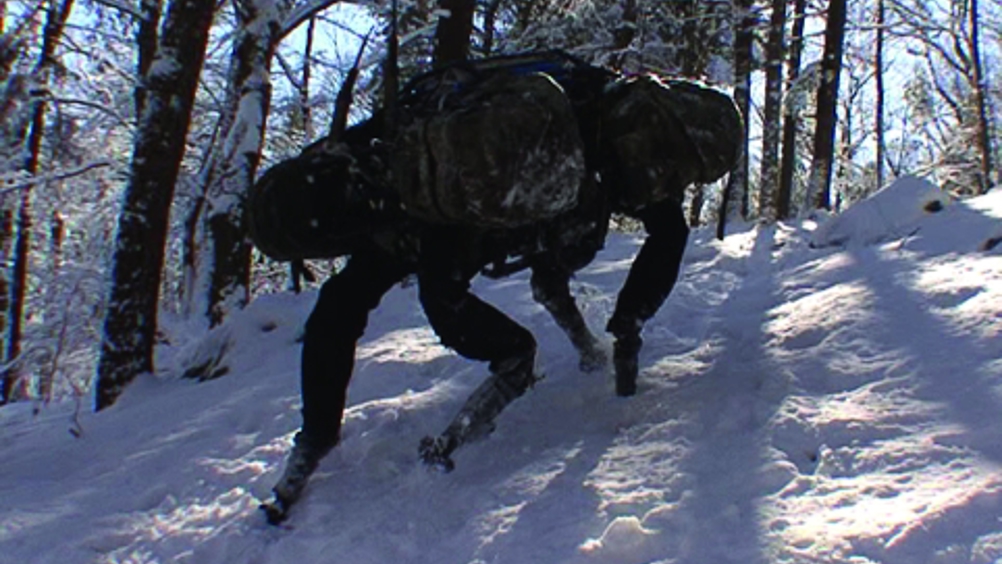BigDog — an infantryman’s best friend
US robotics experts are developing an intriguing and somewhat sinister solution for pack-sore soldiers

Whether it’s loping through the undergrowth, scrambling up snowy banks or skittering across the ice, BigDog is an astonishing and somewhat unsettling sight.
Developed for the US defence research agency DARPA by MIT spin-out Boston Dynamics, the four-legged robot has been designed to carry soldiers’ equipment across terrain too rugged and difficult for existing tracked and wheeled vehicles.
Around 1m tall and 1.1m long, the 109kg quadruped is able to stand, squat, crawl, trot, run (its current top speed is 7mph) and even bound. It has been tested in mud, snow and water, has carried a 154kg load and last summer it set a world record for legged vehicles when it completed a 12.8-mile, eight-hour hike without stopping or refueling.
The power supply is a two-stroke internal combustion engine, the eerie whirring noise of which adds to the robot’s air of menace. The engine drives a hydraulic pump that delivers oil through accumulators and other devices to the hydraulic leg actuators.
Register now to continue reading
Thanks for visiting The Engineer. You’ve now reached your monthly limit of premium content. Register for free to unlock unlimited access to all of our premium content, as well as the latest technology news, industry opinion and special reports.
Benefits of registering
-
In-depth insights and coverage of key emerging trends
-
Unrestricted access to special reports throughout the year
-
Daily technology news delivered straight to your inbox











BEAS funding available to help businesses cut energy costs
And not a moment too soon, if the following exchange broadcast last Friday 13th June, on the Radio 4 ´Rare Earth´ program (link below, ~ 17 minutes...